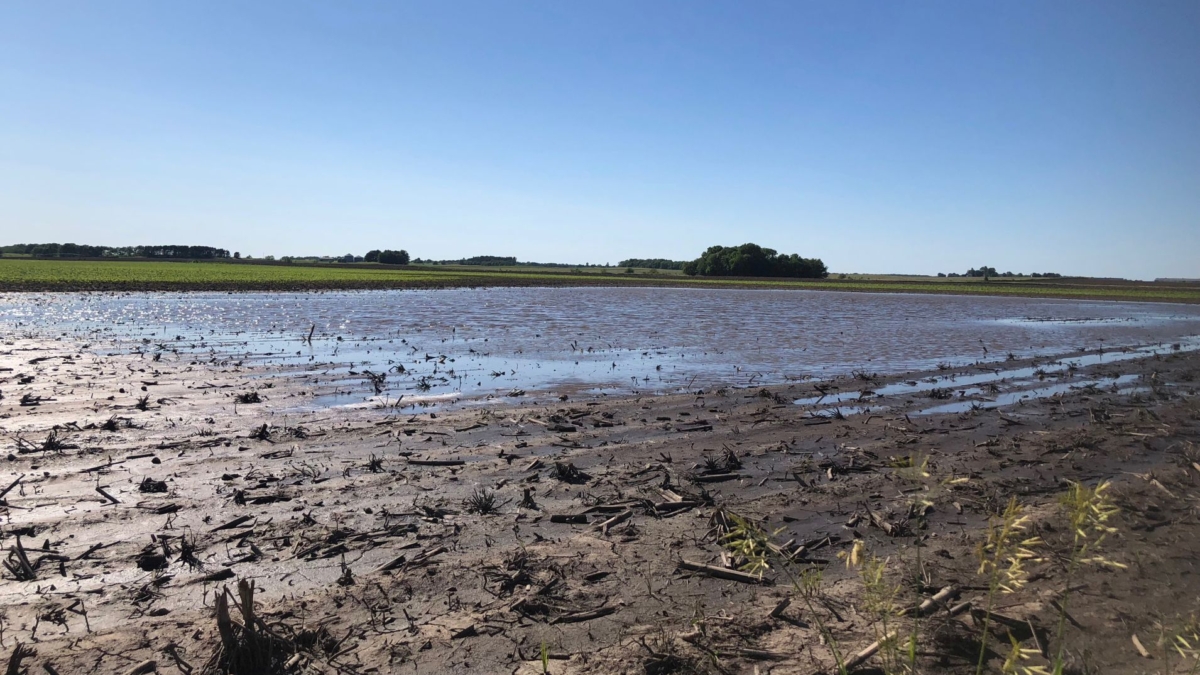Deforestation drives cases of Covid-19 among indigenous peoples – “There is no decreased effect of deforestation with coronavirus, quite the contrary”
By Mark Candido
25 May 2020

São Paulo (ECOA) – Indigenous lands with the largest deforested areas in the country are also among the most vulnerable to the advance of the new coronavirus. According to experts, invaders may have taken the city’s virus toward the Yanomami and Raposa Serra do Sol lands in Roraima. In April, Covid-19 killed a young Yanomami man as young as 15. Officially, there were 34 deaths among indigenous peoples until Friday (22 May 2020). [Translation by Bing.]
The fear of those who follow peoples closely is that the union between disease and record deforestation in Indigenous Lands will cause more deaths and even threaten the existence of ancient and isolated crops.
Indigenous Lands live tension The Indigenous Lands (IT) Yanomami and Raposa Serra do Sol are on the list of the Socio-environmental Institute (ISA) of the most vulnerable to the advance of the virus caused by the lack of infrastructure, age of the population and hospital beds.
At the same time, the two are among the three most deforested in April. There was 2 square kilometers of deforestation among the Yanomami last month. In Raposa Serra do Sol, 1 square kilometer of land was devastated in a month; where there are 2,000 prospectors in activity according to the Federal Police (PF); against 22,000 indigenous people.
A survey by the Public Agency shows that more than 2,000 private properties have been declared to the government where indigenous lands are in seven states of the Amazon. In 500 of them, isolated indigenous people live.
Deforestation grows
In one month, Brazil lost the equivalent of the city of Porto Alegre in vegetation in the Amazon region. The record is considered historical and were recorded and published by the Imazon Institute.
The Indigenous Lands account for only 3% of the total devastated areas in the month. But unlike private properties, which represent 66% of the deforested area, ITs are demarcated and inspected by Funai, Ibama, Federal Police and state police.
Invaders cause fear
The Munduruku IT in Pará, for example, recorded the highest rate of deforestation on indigenous lands in the country, according to Imazon, equivalent to 4 km² in April alone. The region received the second phase of Operation Green Brazil on May 11, headed by the Army. In response, prospectors protested with tractors, motorcycles and tracks through the streets of the municipality of Jacareacanga (PA), where the indigenous land is installed.
“There is a lot of fear. Especially in the areas where there is mining … Because it, by itself, is something that brings the concentration of many people”, explains Rômulo Batista, spokesman for the Amazon Campaign of Greenpeace Brazil.
According to him, a study indicates that 10,000 hectares of mining were opened in the Mundurukus, Caiapós and Yanomami lands in three years.
“There is no decreased effect of deforestation with coronavirus, quite the contrary! The illegal logger, the grileiro, the prospector does not make home office”, he says.
Risk of erasing cultural memory
Outside the law, there is no oversight. It is impossible to know if the invaders are contaminated, if they use protective equipment, much less if they follow the hygiene guidelines.
Researcher Antonio Oviedo, coordinator of the ISA Monitoring program, believes that deforestation paves the way for the disease to go to elderly indigenous people.
“The elderly are the living treasures of the culture of indigenous peoples. Imagine entering a village and this virus spreads. How is the continuity of the cultural memory of a people who worship their elderly, if the disease kills them”, asks Oviedo. “If the disease advances in Indigenous Lands, they can live what they have lived in the past, with a large population in death, an extermination. Imagine a disease that reaches isolated groups, which are formed by 30, 10, six and even two people, such as the Piripikura. If one passes the contagion to the other, the ethnicity is over,” he says. One of the outputs suggested by the specialist is restriction of access to IDs until the ends. [more]
Como desmatamento pode explicar casos de Covid-19 entre indígenas


